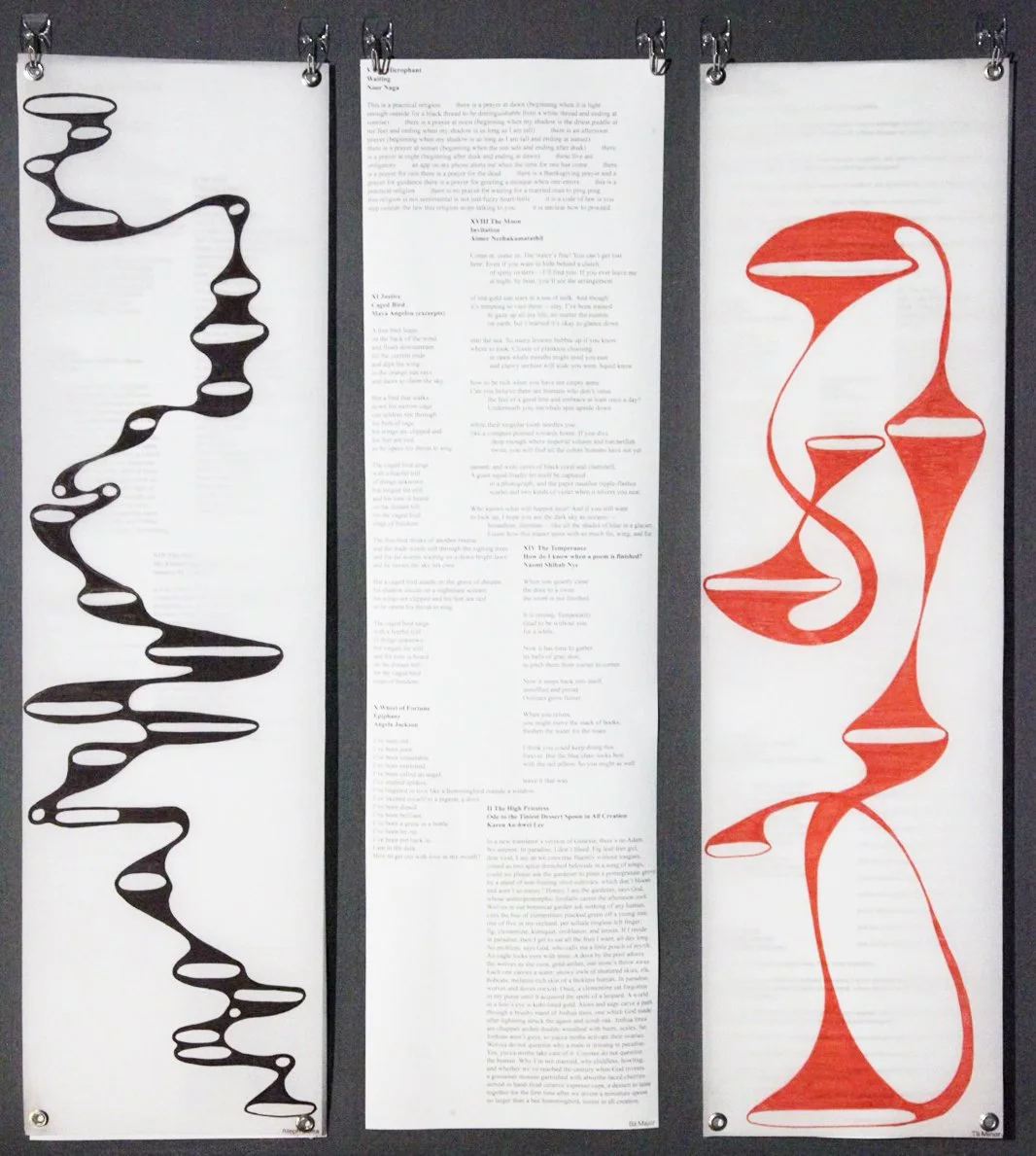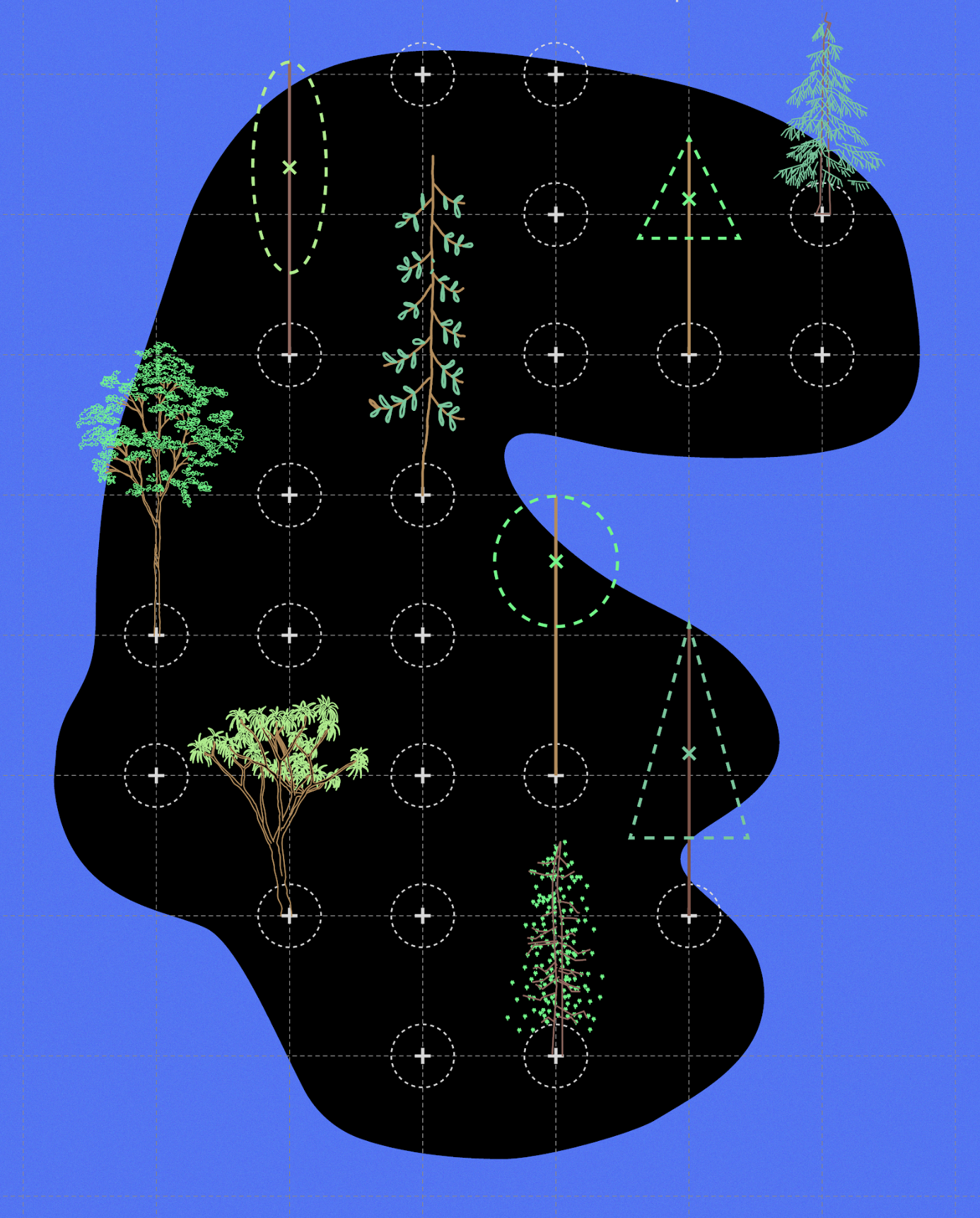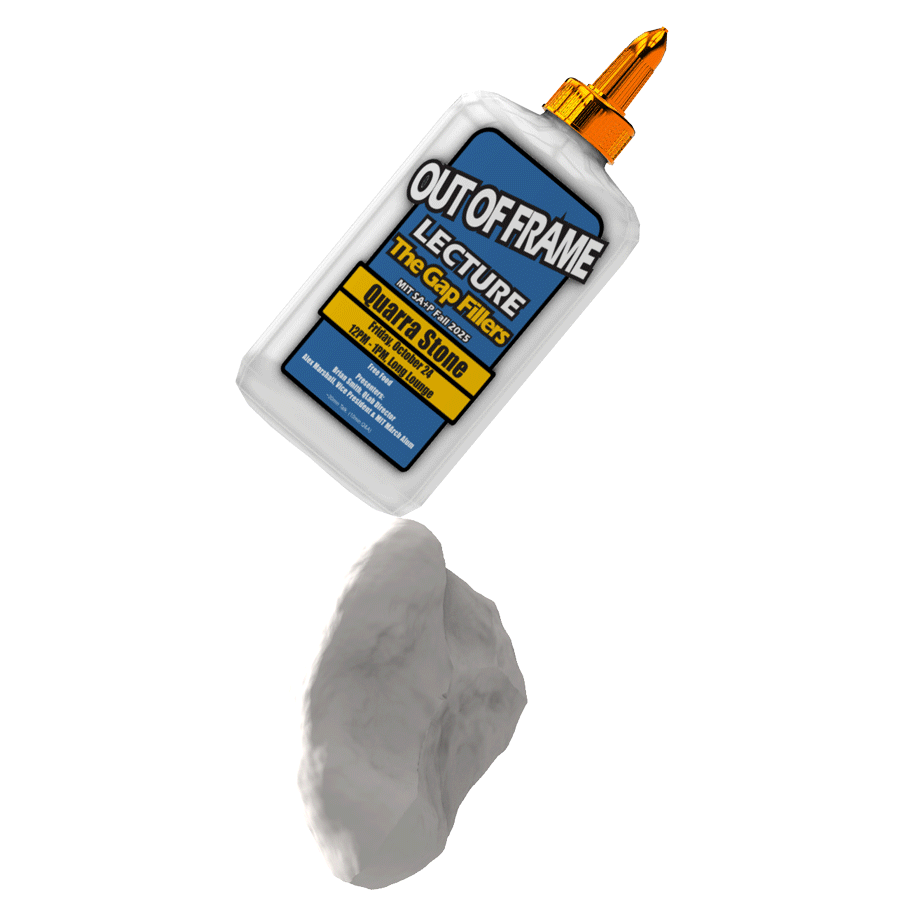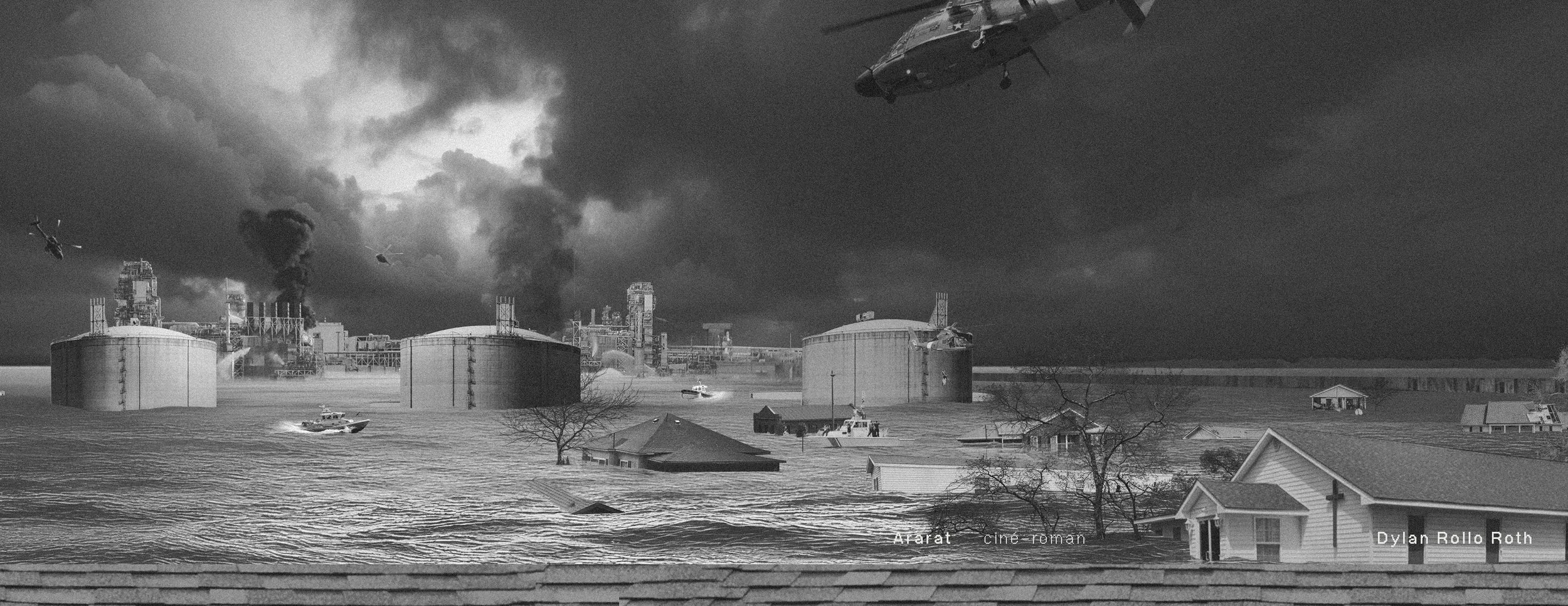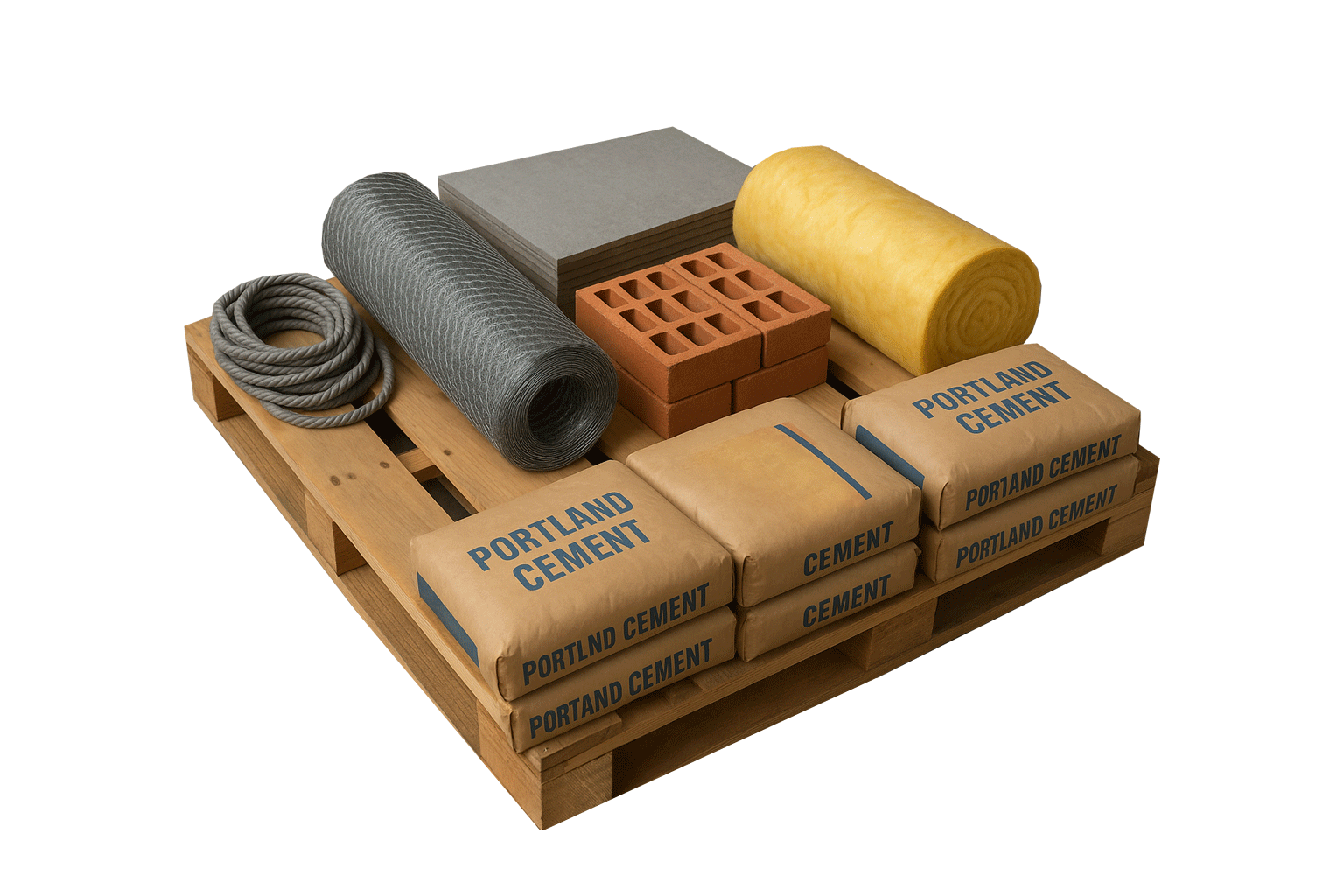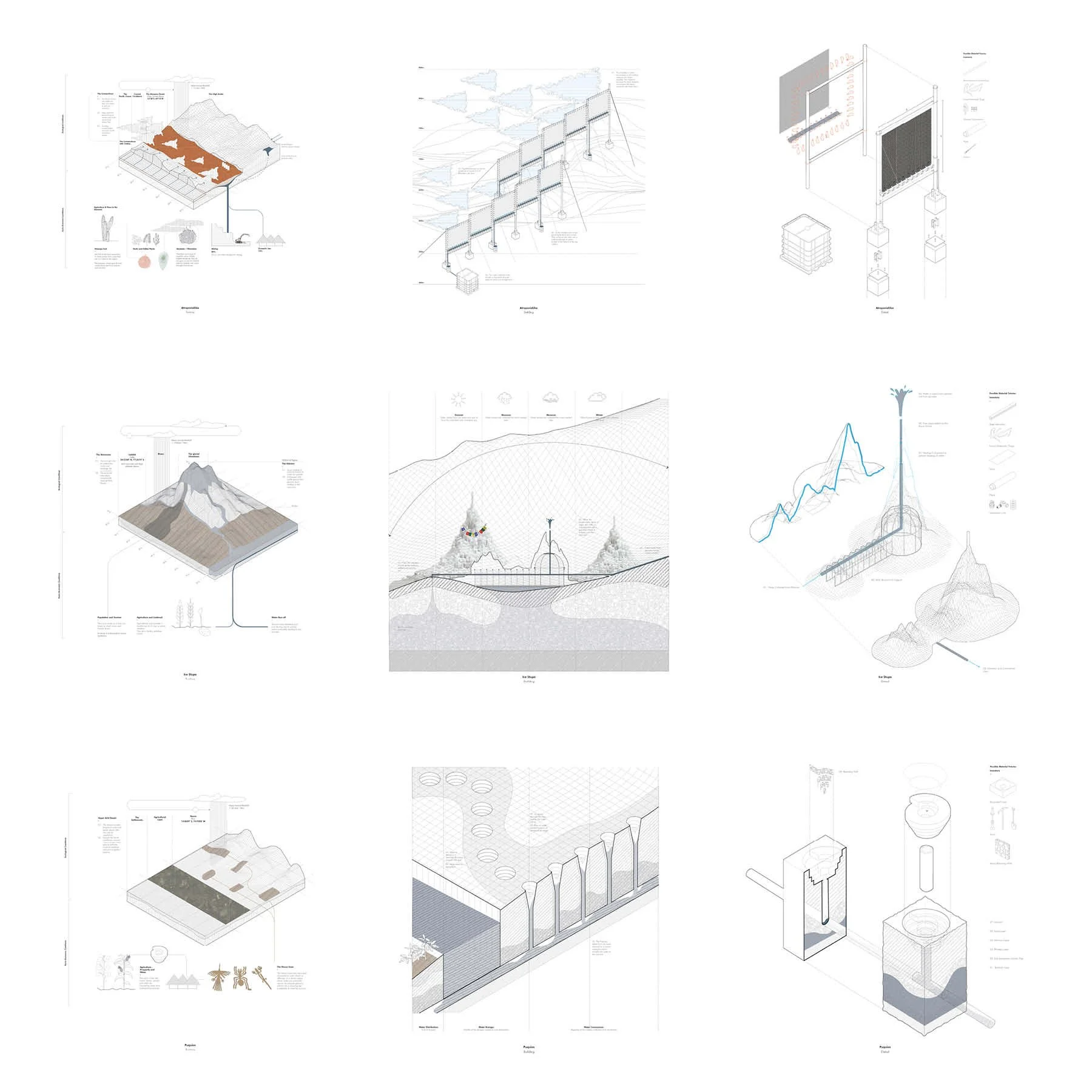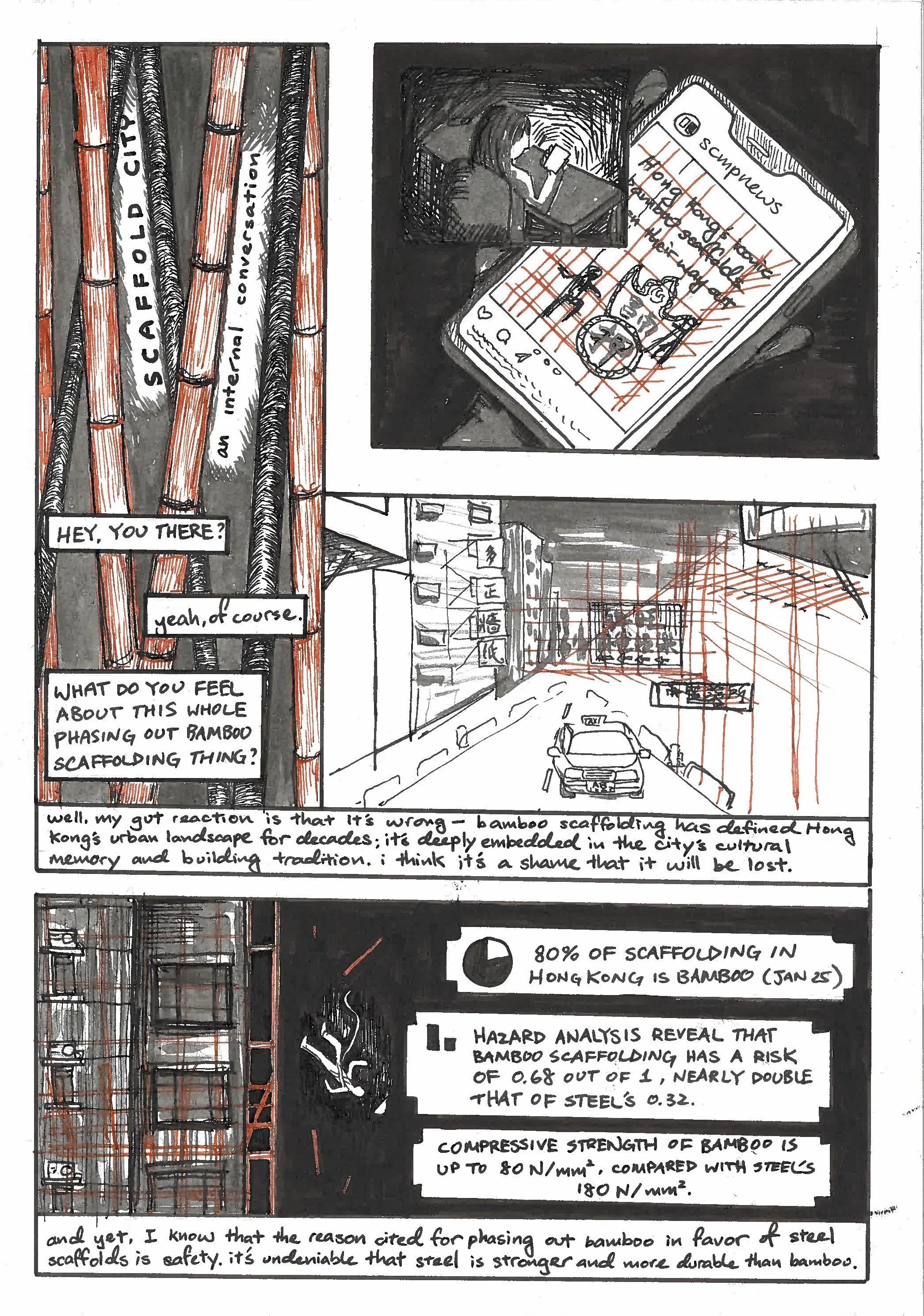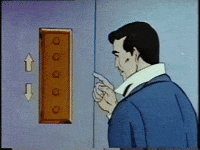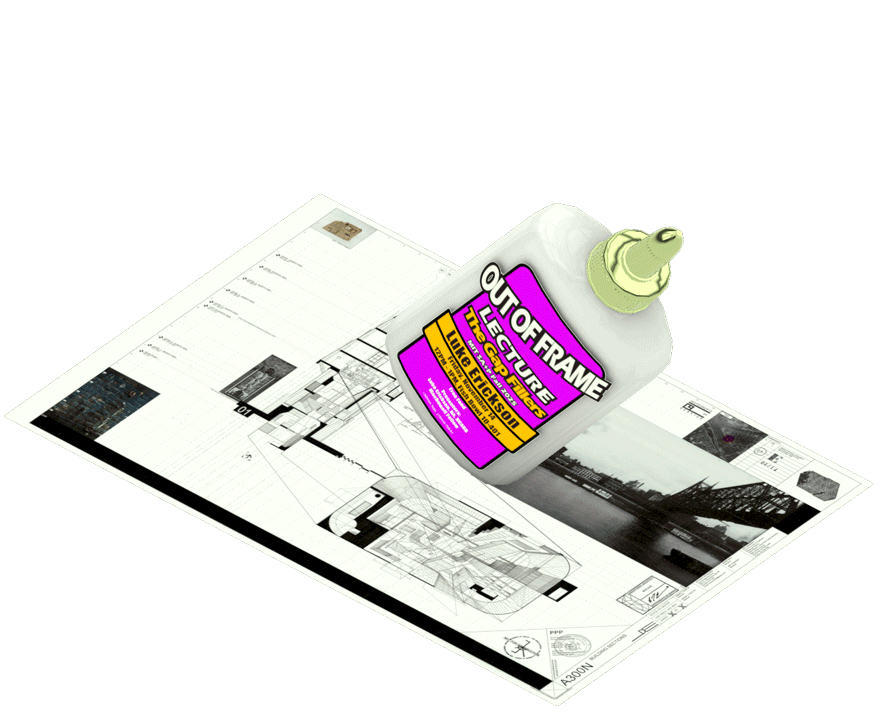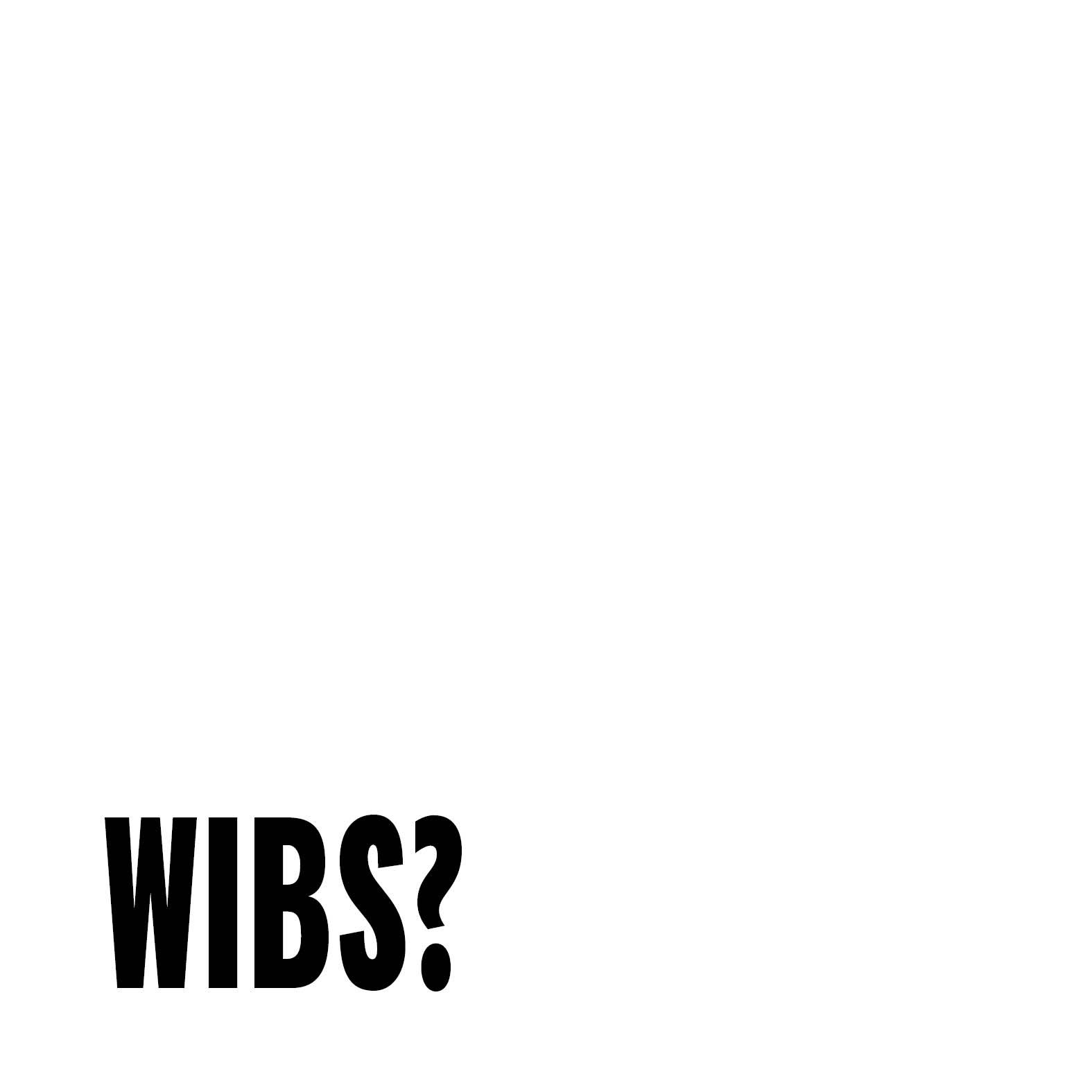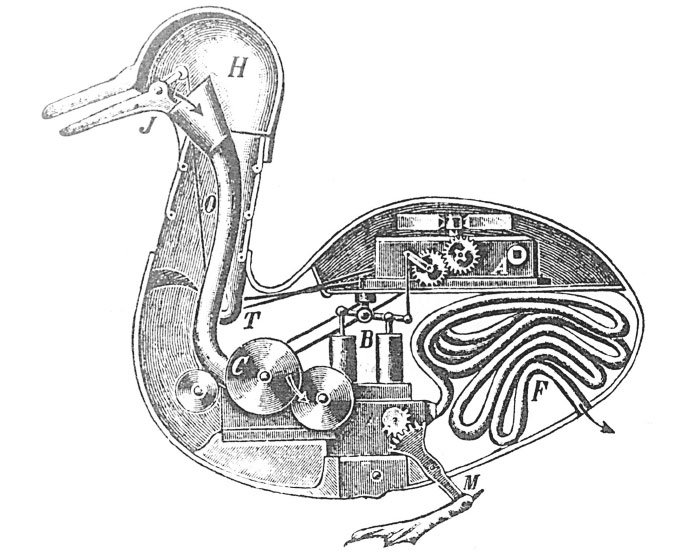* ISSUE 2 *
25 FALL
* ISSUE 2 * 25 FALL
25 FALL * ISSUE 1 *
Out of Frame
⁎
Gap Fillers
Lecture Series
*
Out of Frame ⁎ Gap Fillers Lecture Series *
This year, our theme is 'Gap Fillers,' which examines the divide between architects and the practical knowledge of engineers, fabricators, and makers. Too often in school, we only see materials through renders, without understanding the labor and expertise behind them.
Part 5: Chinatown
The excitement of the nearing mid-autumn festival thrums streets away from the Boylston T Stop. As one moves west from Boston Commons, there is a sense that another world is nearby. The buildings huddle closer to each other, and crouch shorter to open up their front windows. Tables emerge on sidewalks, ushering passerby through a maze of bright red banners and stringing lanterns that guides one to the gate of Boston’s famed Chinatown.
What Is Black Space?
An introduction to the world of ambiguity. This questionnaire is one of many that serve as evidence that the undefined, unfamiliar, and underrepresented need room to expand beyond confinement.
Automated Loom Part I: it begins with a duck
Textiles, materials that surround our everyday lives but are seemingly overlooked. The innovations behind this industry have had profound effects on our world today.
Call and Response - Pairs I
Displayed side-by-side, these drawings compare lines drawn in CAD and the path taken by the Tiny-Z. The left side drawings are the more faithful executions of drawings I made in CAD. On the other hand, in the drawings on the right side of each pair, the Tiny-Z did not lift its pencil in between strokes, mapping its movement rather than drawing an image. Viewed side-by-side, these drawings show the machine transforming the hatches and grids on the left into something very different. By not lifting the pencil, the machine turns a series of discrete lines into a continuous pattern- rendering the lines lively, nearly textile.
Part 4: East Boston
Nothing exposes you more quickly to another culture as stepping into an ethnic grocery market. From Vietnamese to Ethiopian to Colombian supermarkets, these stores scattered throughout Boston offer such a variety of food products most Boston residents would never see otherwise.
Abstraction is everything
I wake up at 6:09 AM, the 369th of 1440 moments into which we’ve broken the periodicity of darkness and light.
A Cooking Machine – App Development
Learned about how Swift, an iPhone application coding language, and started the cooking machine app development.
Call and Response - Communication
The two-sidedness of communication was the most rewarding part of drawing with the Tiny-Z. Figuring out how it alters or interprets inputs (in the form of accidents or errors) is another thing that can act as a metaphor beyond this drawing experiment, where physicality and materiality meets planning. Lines interpreted by machine and drawn on a page are not so different than plans read by builders and constructed.
Neighborhood Sampler
I lived in 6 different NYC neighborhoods in 3 months. This is a review of the branded and unbranded experiences from the neighborhood sampler.
A Brief Interview with Everyone Else
Students who have been admitted through portfolio agencies, students who have not used portfolio agencies, portfolio tutors who teach at portfolio agencies, owners of portfolio agencies, and professors in the architecture schools are all invited to talk about their opinions on this issue.
Call and Response - Accidents
We define accidents as things that are unexpected or happen by chance- and at first glance, it seems like drawing with this instrument is full of them. When it only moves in one direction instead of diagonally along two axes at once, the lines pair up together, every other one spaced differently than how it is drawn in the computer, and the instrument is unaware of this miscalculation of space. Or, the lead breaks when the pencil is lowered along the z-axis, or it lightens as the tip is dulled over the course of a drawing - the instrument doesn’t realize these things either.
Miami Vice and Violent Architectural Drawings
My architect friend works long days in the office drafting plans and elevations. They also play videogames avidly. At night they close Rhino & Autocad and open other drawing editors, still clicking, scrolling, rotating, zooming in modeled spaces. Let’s follow their set of deliverables.
hold music muses
I’m on hold with my bank right now - the MITFCU as it happens. The great thing about being on hold is that I’d rather do anything else, even catch up on some things I’ve been putting off.
Part 3: Roxbury & Somerville
In our visits to restaurants, we have entered homes and crossed borders to taste food from across the world. However, for as many places as there are with those that offer food, there is equally as high a number of places where people cannot even afford food. In this piece, we explore the food provisional institutions, Project Restore Us & Food For Free, in their respective missions to bring food to all.
Call and Response - Procedure
Still, there is an unseen middle phase in the process of most human things. Francesca Hughes likens the struggle between ideas and matter in buildings to the hesitance for artists, scientists, and philosophers to draw embryonic development in the 14th and 15th centuries.
Likewise in architecture, there is an “awkward generation of drawings that immediately follows the concept sketch, the not-yet buildings and the buildings-to-be––the drawings we are never shown[…], or the drawings that are too ugly to draw” (Hughes).
